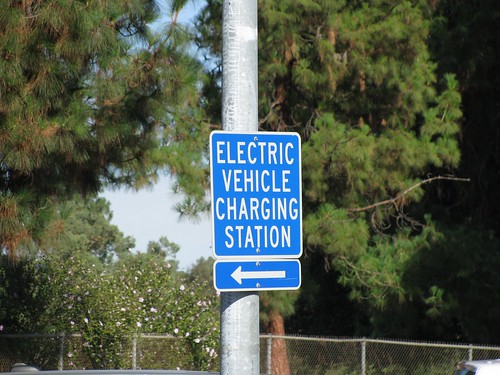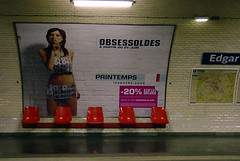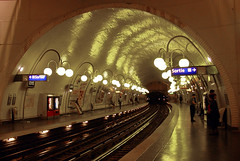Eurostar, the high-speed rail link between Paris, London and Brussels, says it met its carbon-dioxide reduction goals three years ahead of schedule . In 2007, EuroStar annoucned that it would aim to reduce carbon-dioxide emissions by 25 percent per passenger journey over then-current levels — and do so by 2012.
Previously, half of the energy in the tunnel came from Britain, which relies more heavily on coal and gas-fired power.
France generates about 80 percent of its electricity from a fleet of nearly 60 nuclear reactors — which produce little CO2. The company said the speedier-than-expected reductions could be attributed to a number of factors — from more efficient train driving and turning off half of all on-board lights, to increasing the number of people riding each train.
But the vast majority of reductions were achieved by switching to France as the primary provider of electricity for trains traveling the undersea tunnel between Britain and Paris, according to a spokesman, Richard Holligan.
Not content with its progress, Eurostar is now moving ahead to raise its target to further cut emissions because it had already reached its original goals. The new target: reducing CO2 emissions by 35 percent per passenger journey by 2012.
I plans to achieve its new reduction target by improving the efficiency of its air-conditioning and heating systems, further reducing the energy consumption of its lighting systems, and introducing more tools to assist drivers to drive the trains efficiently.
Note: Europeans are leading by example in the fight against global warming by switching to technologies that yield “green” power, while folks in the US are still bickering over “clean coal”. We have a long way to go!






